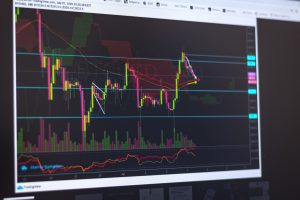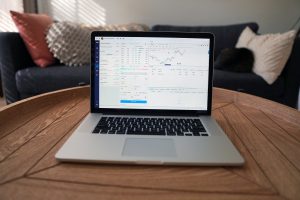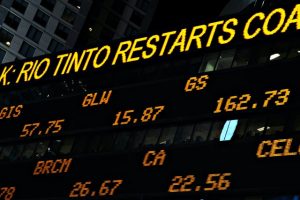Leverage is a concept that every trader can grasp with minimal struggle. Still, forex traders must focus on some critical factors to avoid various risks that may affect their positions. Here is what you should know to enhance your margin triaging and prevent costly mistakes.
What is Leverage?
While leverage is credit that traders receive from a broker to boost their position capacity, they (the traders) do not own it. In this case, traders should understand the phrase lot size. The principal lot size amounts to $100,000. What this means is that to trade a single lot, a trader will need $100,000. However, not many people can afford such amounts.
While you may opt for lower lot sizes like a $10,000 mini lot or $1,000 micro lot, affording the entire amount is not an easy feat. The amount of money you make depends on the lot size you choose. With a principal lot, your earnings will be $10 per percentage in point (PiP). You will earn $1 per PiP when trading a mini lot and $0.1 per PiP when trading a micro lot.
Remember, many traders can hardly afford $1,000, and this is where brokers come in to provide credit. Assuming you have $100, which is way less than the $1,000 principal micro lot. A broker could provide 1:10 leverage enabling you to have the $1,000 you need to launch a position.
Every broker offers a specific leverage amount, with the lowest being 1:5, meaning that they will multiply your total amount by 5. The highest leverage is 1:1000, meaning that the broker will multiply your total amount by 1,000.
How does Leverage Trading Operate?
Leverage comes with numerous risks. When it comes to broker profits, they (brokers) earn money from all open positions that traders launch. To understand the risks involved, traders should focus on the rule illustrated below.
Assuming you earn $1,000 from your $100,000, your leverage, in this case, will be 1:1, and you will have a 1% profit. If your leverage is 1:100, you will have a 100% profit. The situation would be the same in the event of any losses you may incur. For instance, if your leverage is 1:1 and your loss is $1,000, the loss percentage will be -1%. However, trading the leverage amount of 100, means that you will have a 100% loss which can be frustrating. As a result, some brokers choose to restrict the leverage amount they give their traders.
What Assets Should you Trade Using Leverage?
Apart from the forex market, traders can utilize leverage for a wide range of assets. For instance, derivative traders may launch large trades using leverage. With leverage, you can also trade contract for difference of stocks, gold, and oil through a broker using leverage. Here are some common securities that are traded using leverage.
- CFDs (contracts for differences)
- Currencies
- Derivatives
Tips to help you Choose Foreign Exchange Leverage Effectively
Choosing the ideal leverage shields your funds in the event of a loss. To choose the right leverage, consider:
· Trying a Range of Leverage Ratios
Practice is a critical strategy you can use to reduce risks. Remember, the higher the leverage, the higher the risks. Opt for smaller ratios to reduce the magnitude of your loss. Choose high leverage only if you are experienced and knowledgeable enough in the forex trading industry.
· Reduce Your Risks
Adopt limit and trailing stops when trading to reduce risks
· Establish Position Capacity
The principal rule, in this case, defines that traders should avoid risking more than 2% per trading deposit.
Which is the Ideal Leverage Ratio for Trading Forex?
While there are numerous leverage ratios available, there is no ideal option. Below is an example of small leverage and a big one to help you determine what best suits your needs.
· Small Leverage
Assuming 1:5 is your small leverage against $1,000, utilizing the leverage will earn you $50,000. You make $1 per percentage in point from a mini lot. In this case, you will earn $5 for five lots. If you incur a 50 pip loss, you will lose $250, which is 2.5% of your $1,000.
· Big Leverage
Assuming you have $10,000 and you opt for 1:50 leverage, you will have $500,000. While you can trade five principal lots, you will pay $10 per pip. In this case, you will pay $50 for five pips. Assuming you lose 50 pips, your loss will be $2,500, which will be 25% of your $10,000.
Finally
Leverage is a standard foreign exchange trading term. As a trader, leverage allows you to launch a position regardless of the money you have. As much as leverage can be enticing, it comes with various risks that every trader should know about. Practicing is critical for traders who want to understand how to utilize leverage to their benefit.






More Stories
What are cryptocurrency exchange-traded funds?
How to implement contrarian strategies?
Demo Account and The Choice of a Forex Broker